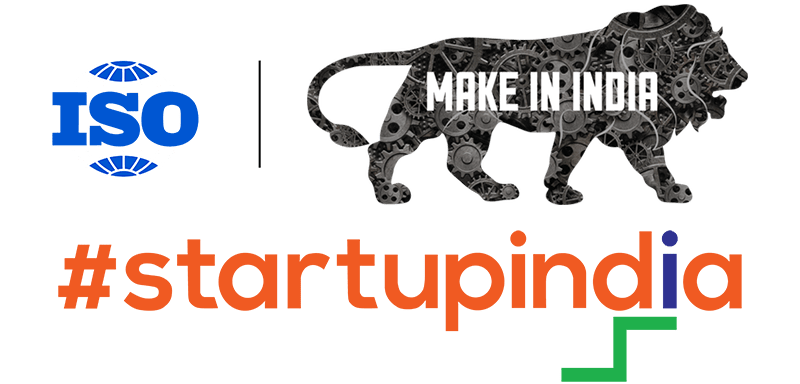Breaking Popular Myths About ERP Selection and Implementation
September 6, 2021 2024-11-03 22:26Breaking Popular Myths About ERP Selection and Implementation
It’s critical to remember that when it comes to ERP selection and installation, you shouldn’t always accept everything you hear. Here are some common misconceptions that I will attempt to dispel:
Myth #1: “You’ll need a complete RFP (Request for Proposal) to send to each vendor you wish to examine in order to make an informed decision about which ERP system to choose.”
RFPs are frequently a waste of people’s time when it comes down to it. A completed RFP might be hundreds of pages long, indicating that it is a significant time commitment.
A RFP is designed to gather extensive information about your selection criteria, compare suppliers “apples to apples,” and evaluate them using a weighted analysis of their scores. Years ago, the RFP process revealed obvious flaws and red flags, but today, those red flags may not always indicate something truly troubling or exceptional. This is due to the fact that the functionality of the General Ledger modules in the top ten accounting systems is very similar.
So, what is a better option?
Targeting the particular nature of the business challenges you’d like your new system to solve should be a higher priority. Because their system of record’s primary capabilities does not fully satisfy their demands, many organisations waste time constructing huge spreadsheets to handle complex revenue billing or contract scenarios.
Identify the precise areas that are difficult to solve with your present systems and processes to avoid these headaches. These sections will outline the issues and requirements that your vendor should meet.
Ignore the meaningless comparisons of common characteristics. Why waste time comparing apples to oranges when you can focus your selection process on the issues that need to be addressed?
Myth #2: “A comprehensive RFP will assist you in weeding out products and/or vendors that do not meet your requirements.”
While this may be accurate, some vendors are not always truthful during the RFP process. In order to be accepted for the following level, these providers will exaggerate their capabilities. Despite the fact that a prospective customer may discover that they’ve screened out an honest provider who was just as capable as the not-so-honest ones who were short-listed, there’s no turning back at some point.
After the vendor has been chosen, RFPs can be used as a checklist. After you’ve made your final decision, use the RFP checklist to double-check that you haven’t overlooked anything throughout your due diligence. Referring to this as the last phase in the process helps create expectations for the project’s implementation before it begins.
Myth #3: “It’s better to customize/configure an integrated ERP system than to add best-of-breed solutions.”
Customization necessitates the use of code. Some suppliers may use the phrase “configuration” in a way that isn’t always correct, causing users to believe that a complete module may be “configured.” Creating something from scratch, on the other hand, usually necessitates the use of code. Someone will have to write new code to add the missing feature, even if it is done with the tool set that comes with the product in question.
This can make improvements much more difficult and expensive by complicating and significantly increasing the cost of implementation and maintenance. These changes may potentially result in your organisation and solution being relegated to a “community of one.”
People might look at available best-of-breed solutions to cover the holes in their out-of-the-box ERP solution instead of customising it. Targeted best-of-breed solutions can often meet the benefits you’re looking for in an out-of-the-box solution more cost-effectively and productively.






